For many millions of people living with conditions like diabetes that affect blood flow, a minor cut or a scratch can have grave medical consequences.
People with these conditions struggle with wounds that heal easily in others, leaving them vulnerable to serious infection that in some cases can be fatal.
Now an Israeli startup has created a “bandage” made from your own blood to heal these potentially life-threatening wounds that the body cannot fix by itself.
The solution devised by MedTech company RedDress stimulates the healing process, all by using your own blood to make a clot outside the body.
People with diabetes, a condition that the World Health Organization says affects more than 400 million across the globe, can experience poor blood circulation, meaning that the body’s blood cannot deliver the nutrients needed for cell regrowth in wounded areas.
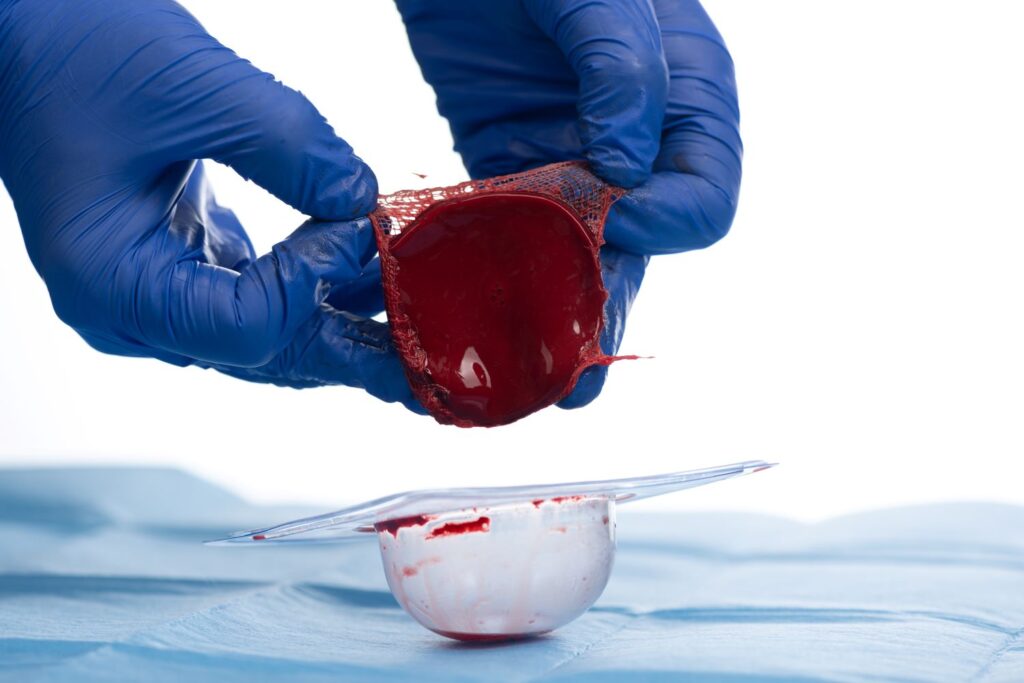
Blood clots are the first line of defense when our bodies suffer a wound or trauma that causes bleeding due to a breach of a blood vessel. Clots are a gel-like substance formed by coagulating blood that stems the bleeding, which is why you do not suffer massive blood loss after a minor injury like cutting your finger with a knife.
Clots also have other jobs. The second one is releasing hormones to tell the body that there has been an injury that needs healing. The body knows that in order to heal the wound, it needs to send in white blood cells to regenerate the blood vessels.
The third job is to provide a kind of “scaffold” to support the healing process carried out by the nutrients as they regenerate damaged cells.
But when your blood flow is restricted by disease, creating a clot and sending those white blood cells and other nutrients to the site of the wound can be problematic.
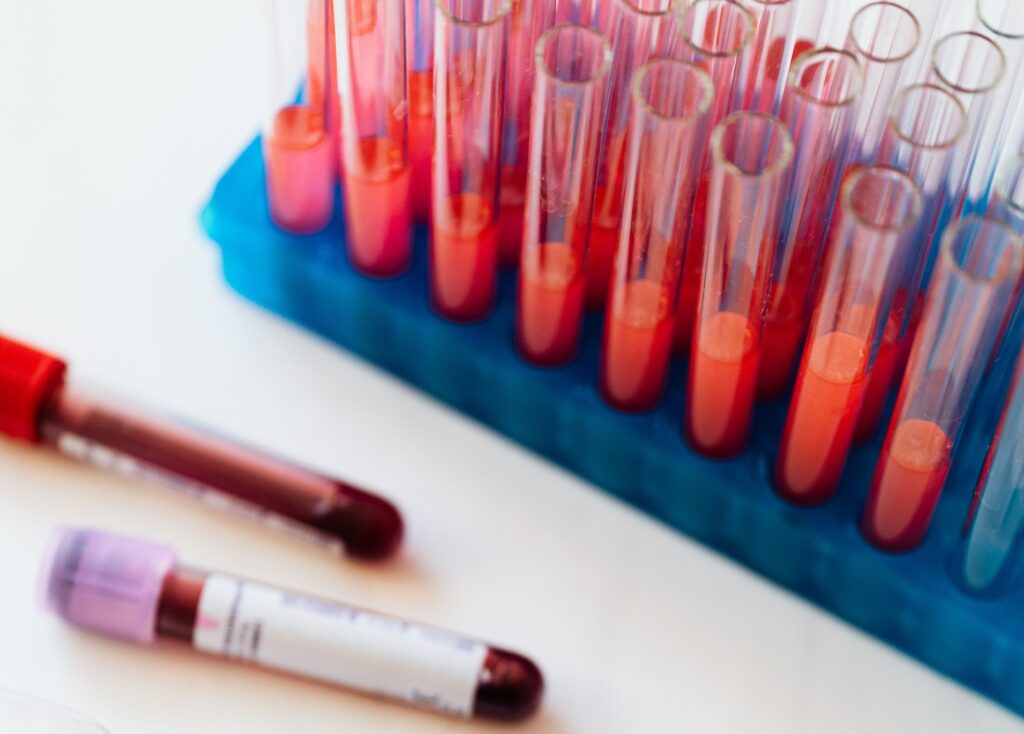
‘Tricking’ The Body Into Healing
The “ActiGraft” treatment takes a very small amount of your blood to create an external blood clot using a patented method, RedDress CEO Alon Kushnir explains. The process requires about 20ml of blood, compared to the 500ml that is an average blood donation.
The clot is created inside a small, transparent case by mixing the blood and RedDress’ unique formula. After several minutes, the mixture forms into the clot and can be removed from the case.
The newly created clot is then applied directly onto or into the non-healing wounds, stimulating the growth of cells that are needed for repair.
“We take the blood clot and we transplant it back to the patient’s body. When we do that, we trick the body into thinking there is a bleeding wound. And the body restarts the healing process and starts to heal the wounds that it didn’t heal before,” Kushnir tells NoCamels.
Kushnir cites the example of a woman whose diabetes had caused such severe ulcers that left her wheelchair-bound. The RedDress treatment, he says, healed her wounds.
Sign up for our free weekly newsletter
Subscribe“Literally, we fixed her foot, and she could walk again after three years,” he says.
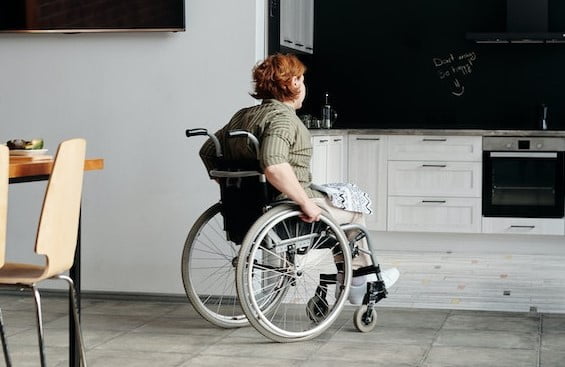
The treatment is also suitable for non-healing wounds such as pressure sores, an issue that affects people who are bedridden or suffer mobility problems. They are caused when constant pressure on a body part stops the blood flow to an area of skin and the cells die off.
It is also suitable for anal fistulas caused by ailments such as Crohn’s Disease, when an unhealed ulcer creates a channel that runs from the intestine through the surface of the skin close to the anus.
“We take the blood, we mix it and then inject the blood into the fistula. We fill it up, and heal it,” Kushnir says.
The company was founded in 2009 by Kushnir’s father Igal, a physician who invented the external blood clot process. Both father and son have extensive experience in the MedTech sector.
“My father initially had an idea on how to protect burn victims. We took the idea and we developed it and we started working on it in the lab. We found that it’s very powerful for different applications, and we never looked back,” Kushnir explains.
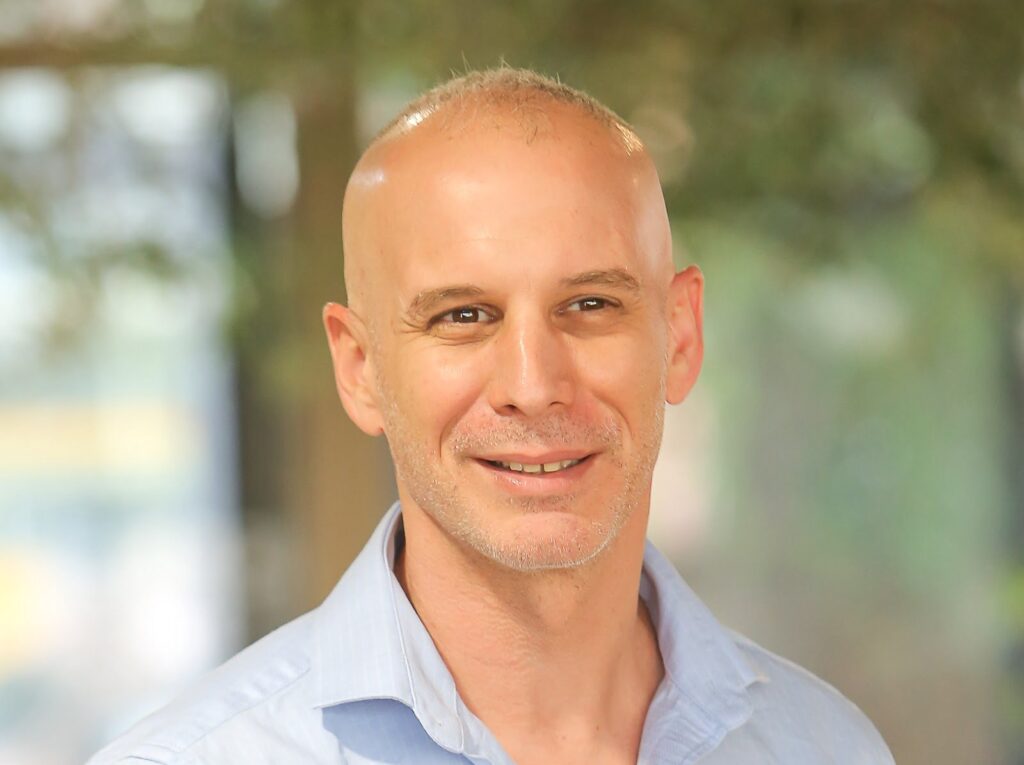
The treatment is used in more than 30 countries around the world, including Brazil, Turkey and France.
In Israel, it is used by the country’s largest health maintenance organization, Clalit, which provides care to more than half of the population. Israel has a strong MedTech sector, and in 2022 was ranked sixth in the World Index of Healthcare Innovation, above the US, the UK, Denmark and Belgium.
The company received FDA (US Food and Drug Administration) clearance to treat non-healing wounds like ulcers and fistulas in 2020, and the clot is in use in American hospitals and clinics.
Now RedDress hopes to expand to treat other kinds of injuries.
“The technology can be applied all over the human body. It can be applied in bones, in tendons, in cartilage, in nerve cells. Whatever cell has problems regenerating, by using the blood clot, we can force the body to start with regeneration and start healing,” he says.
These advances, however, are still in the trial stage and are 5 to 10 years away.
For now, the company is satisfied with its results, helping people who previously believed they could not be helped. Kushnir describes a patient with multiple fistulas who said he could never go to the beach with his kids.
“After two weeks of treatment, he came for a checkup. And he said: ‘I went to the beach yesterday.’ This is the type of thing that drives us.”
Related posts

Israeli Medical Technologies That Could Change The World

Harnessing Our Own Bodies For Side Effect-Free Weight Loss


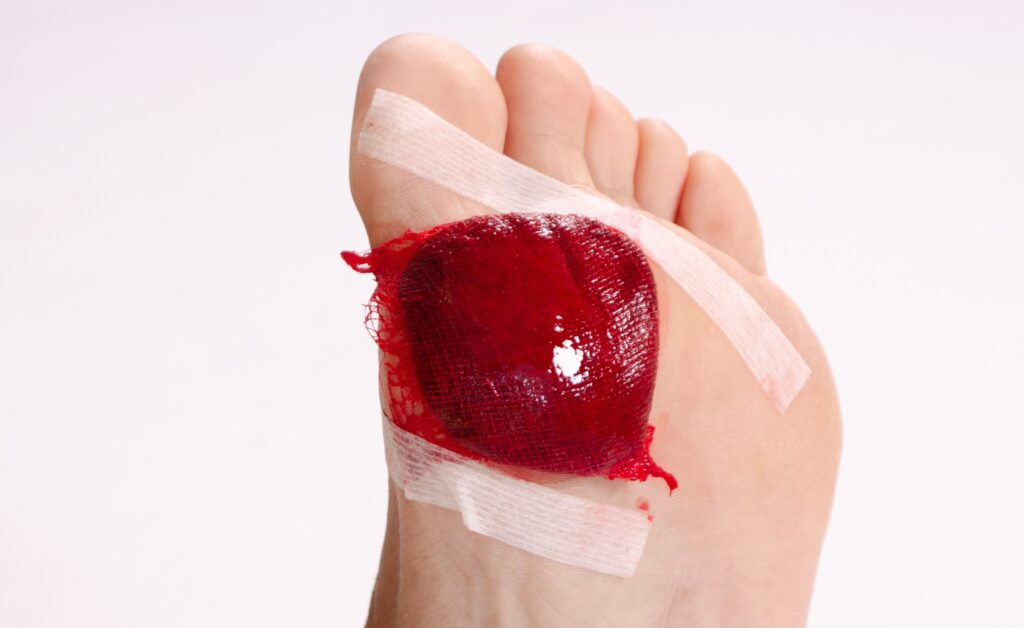


Facebook comments